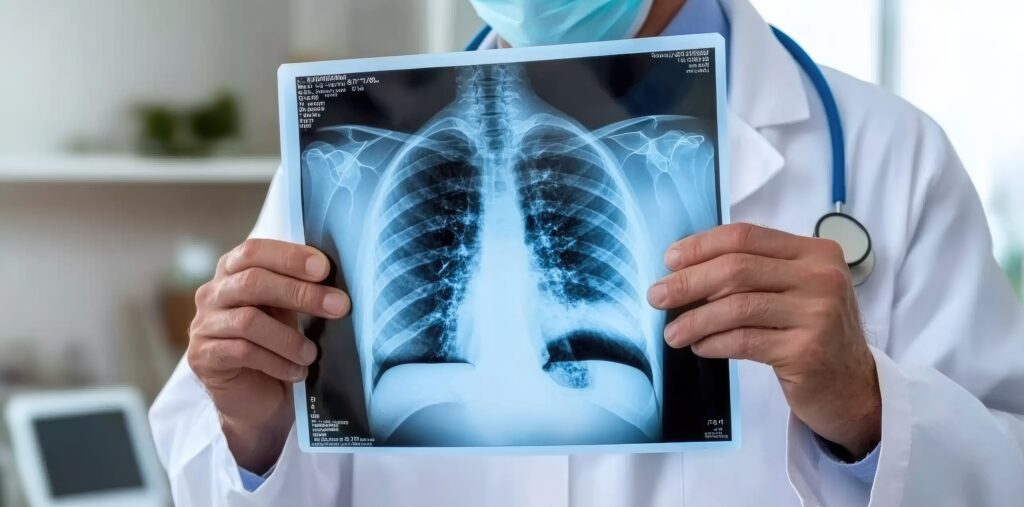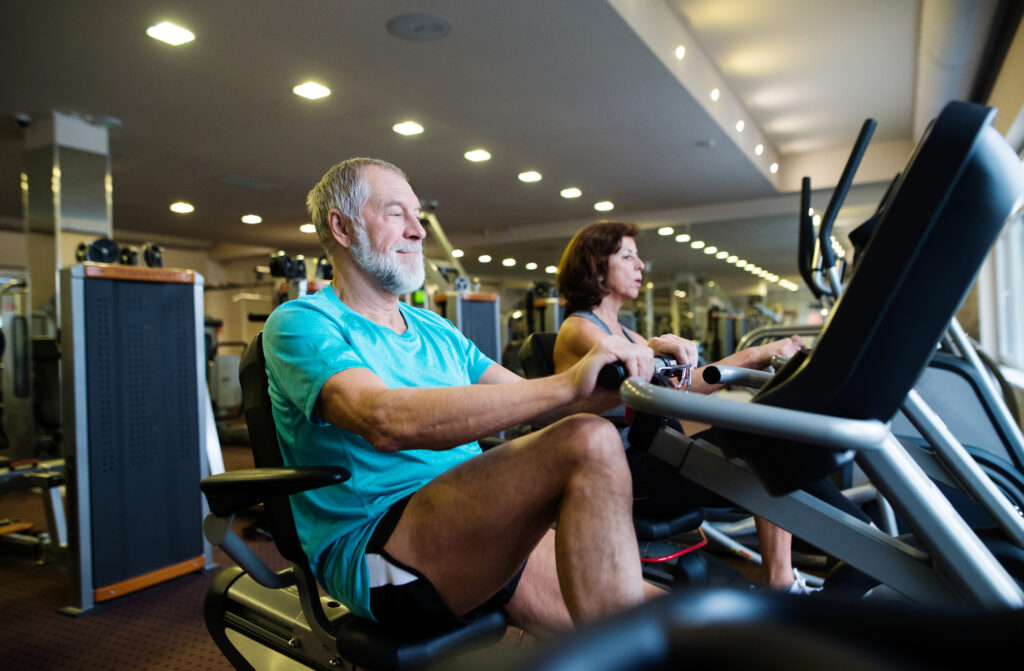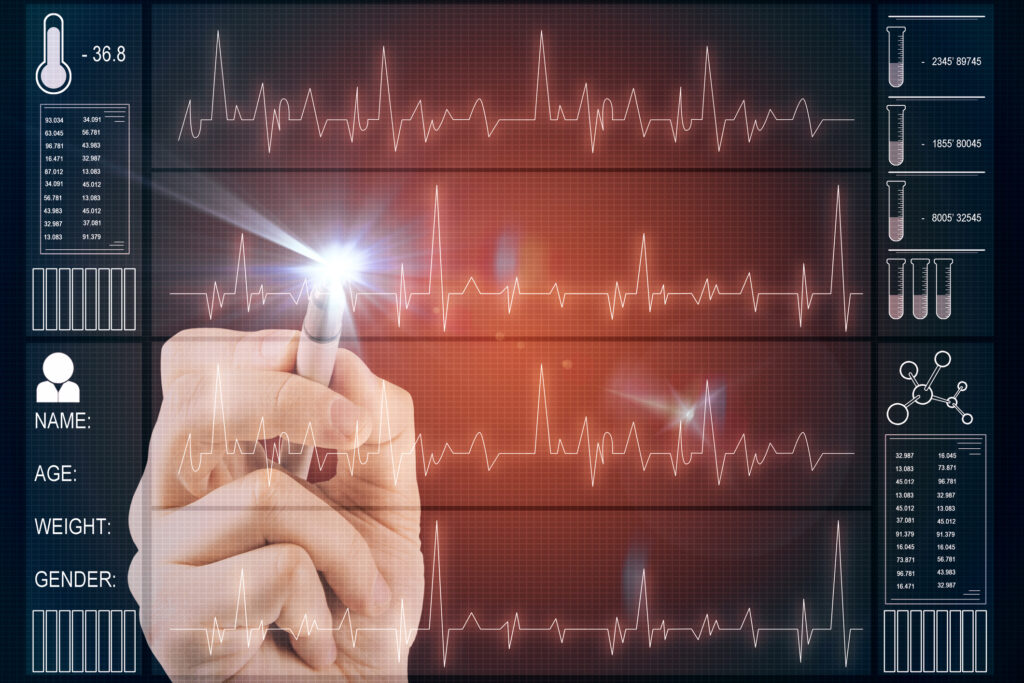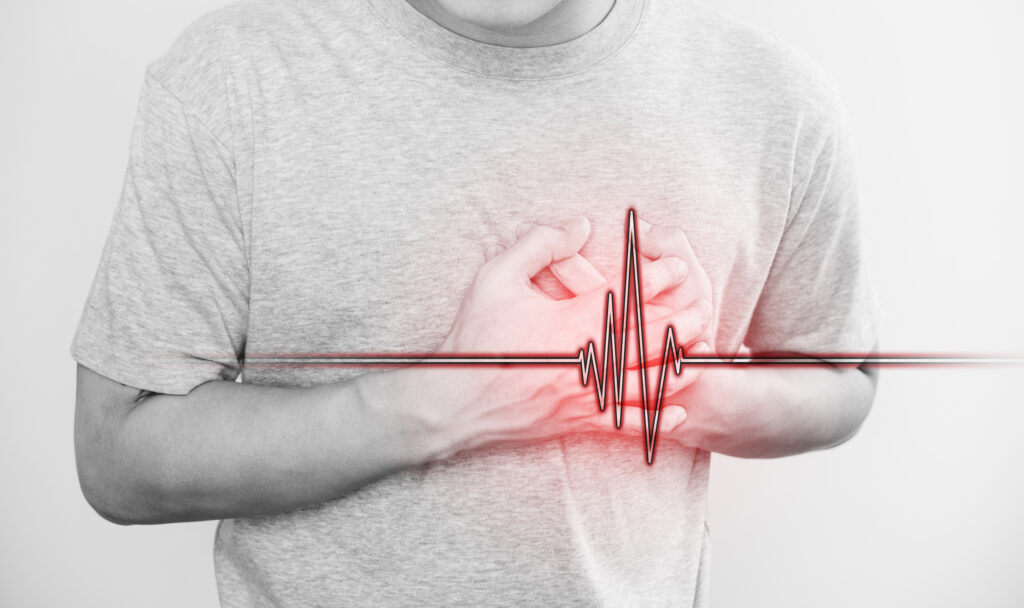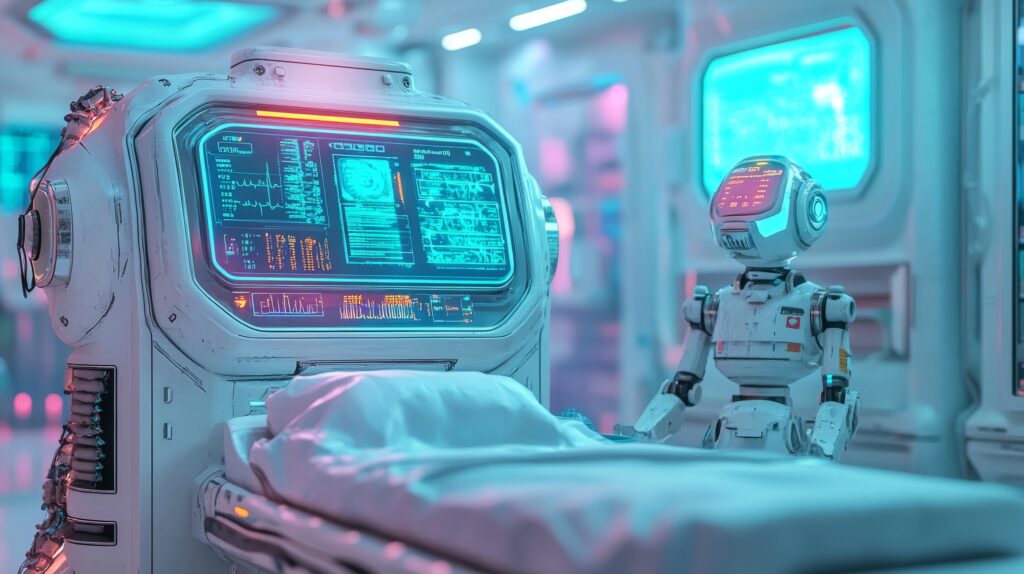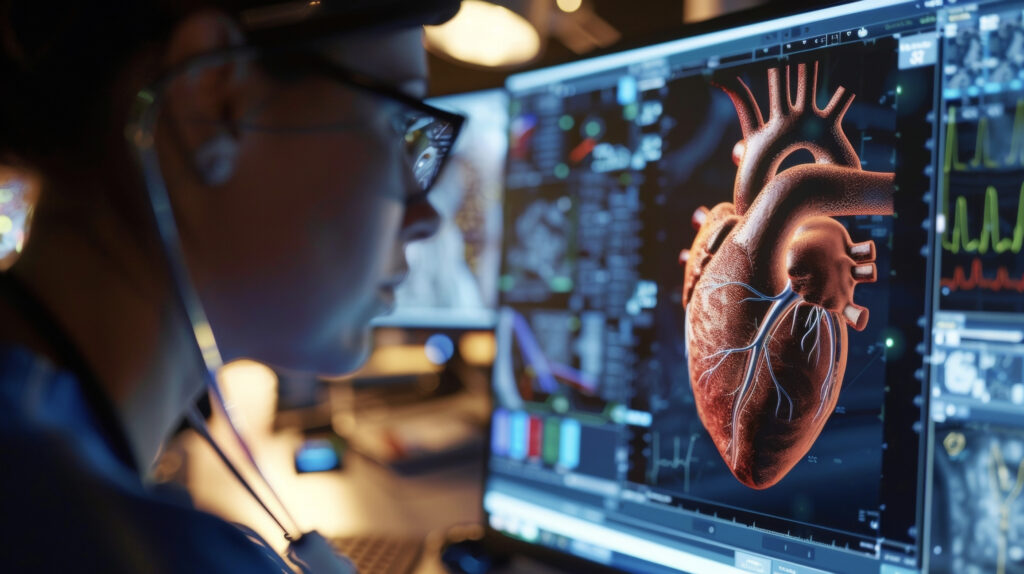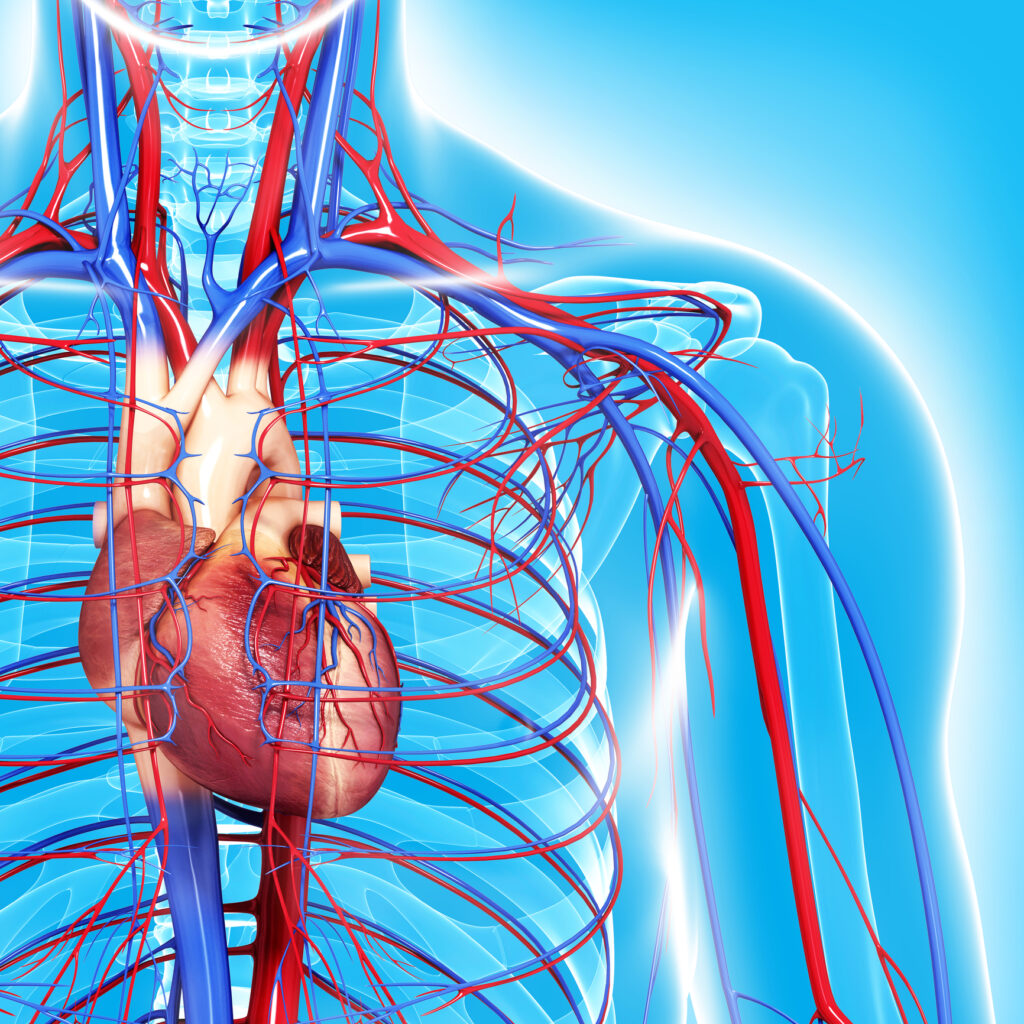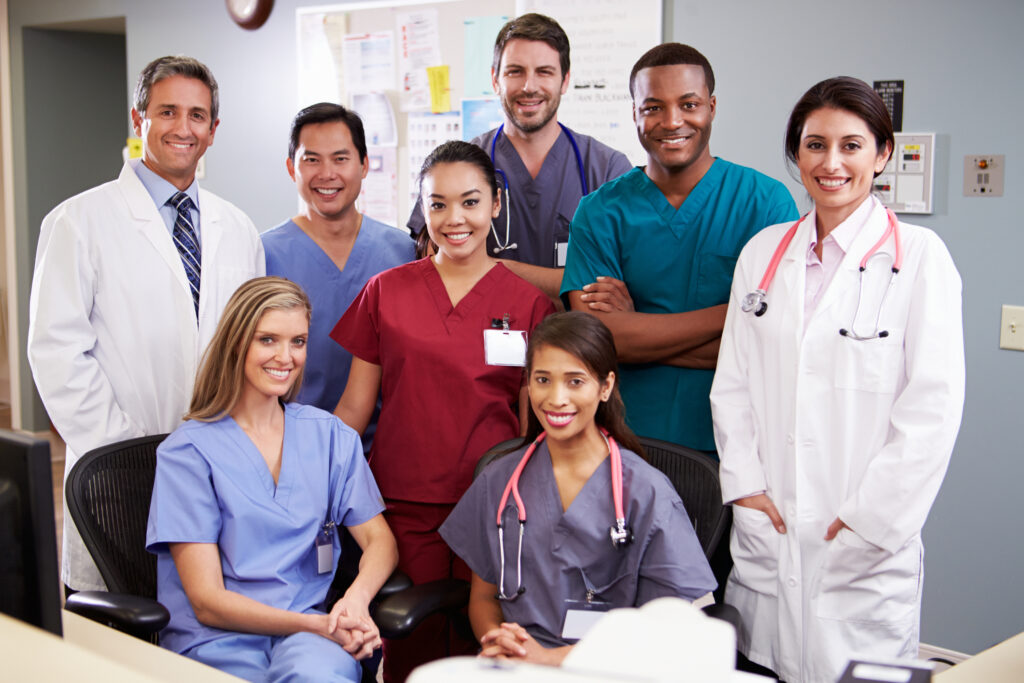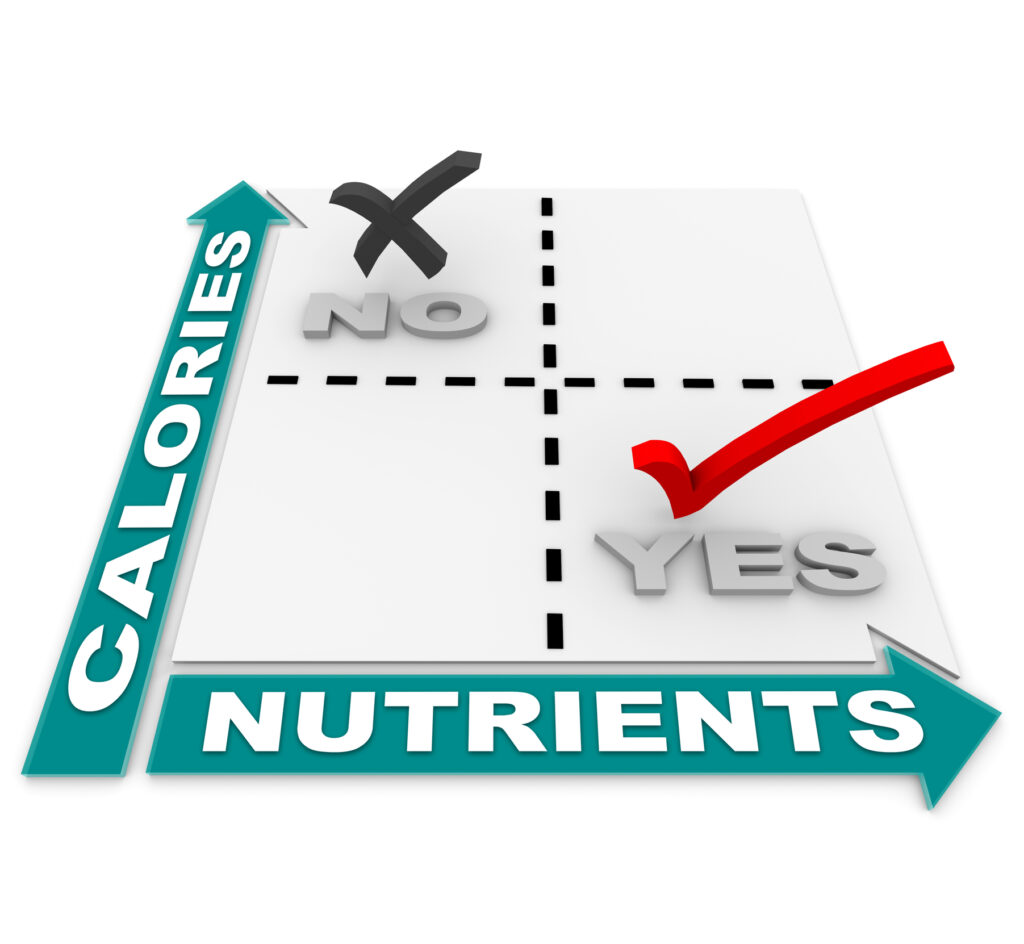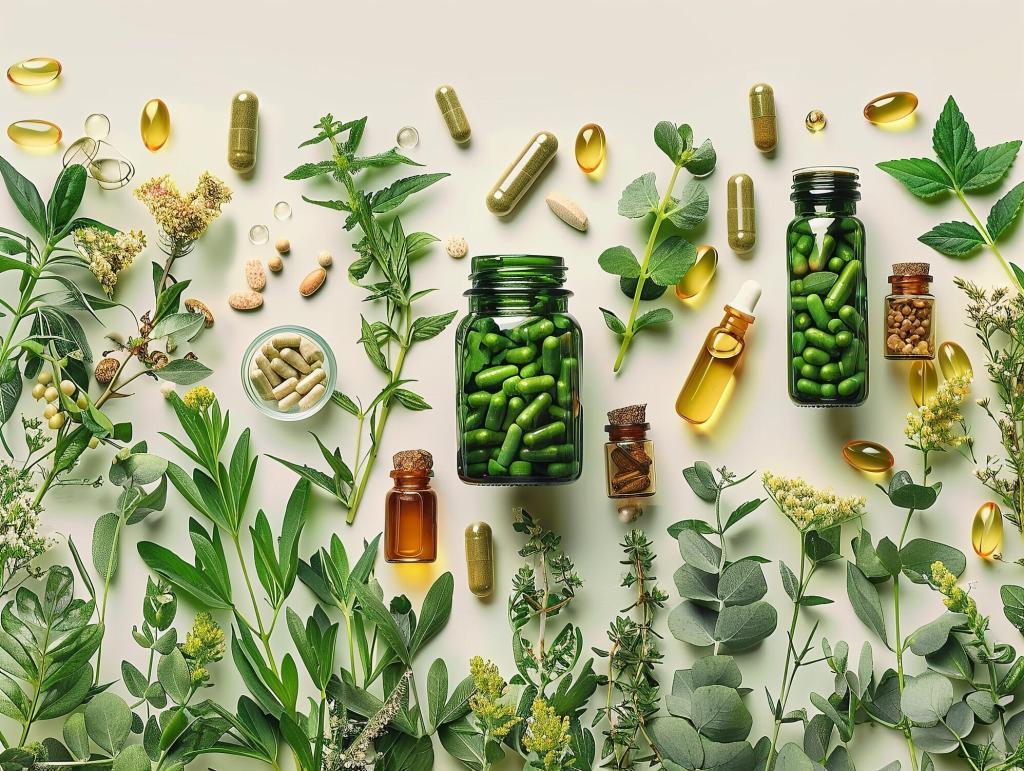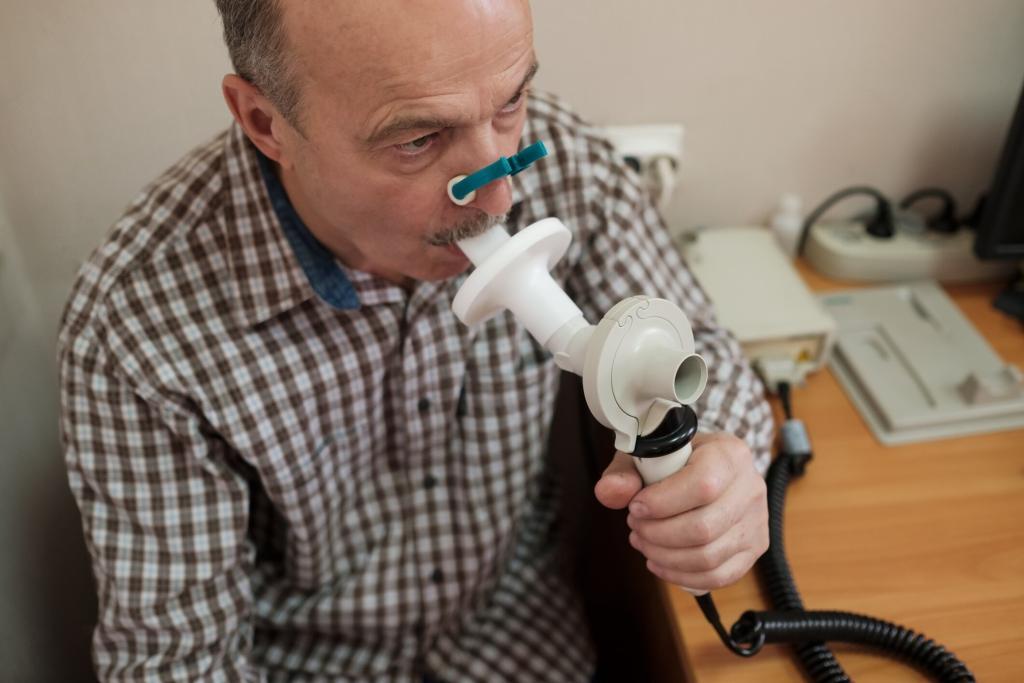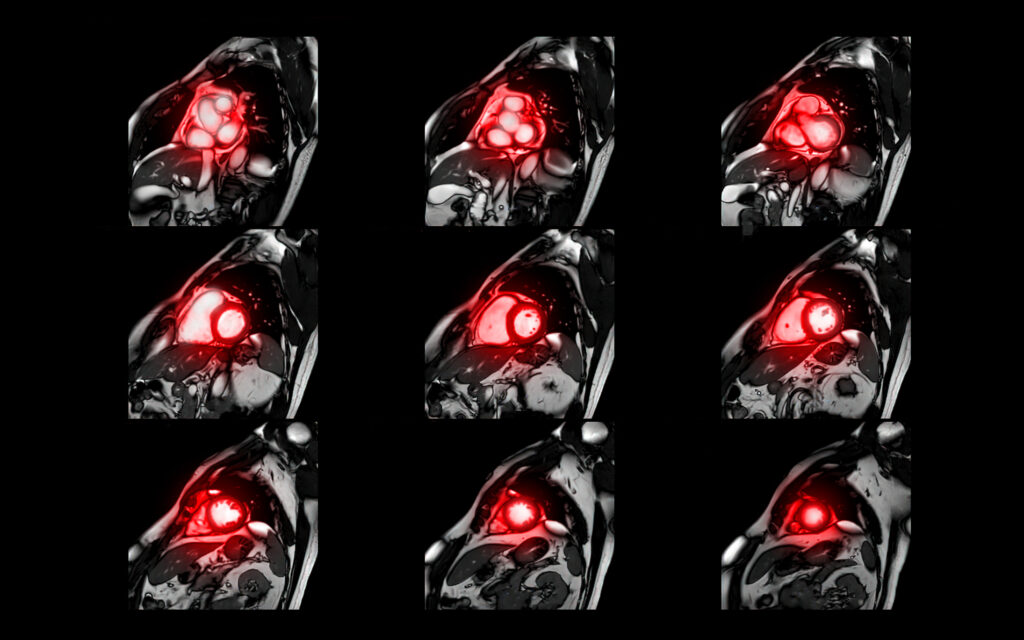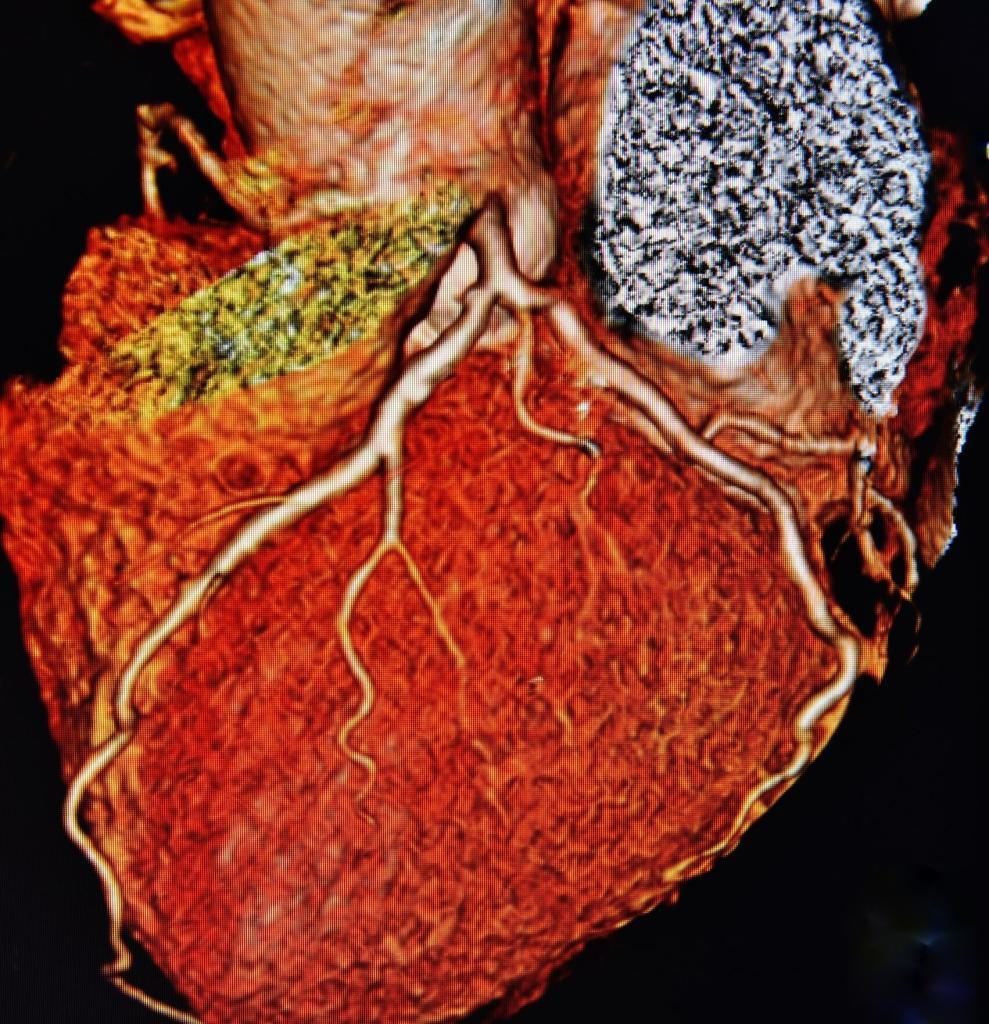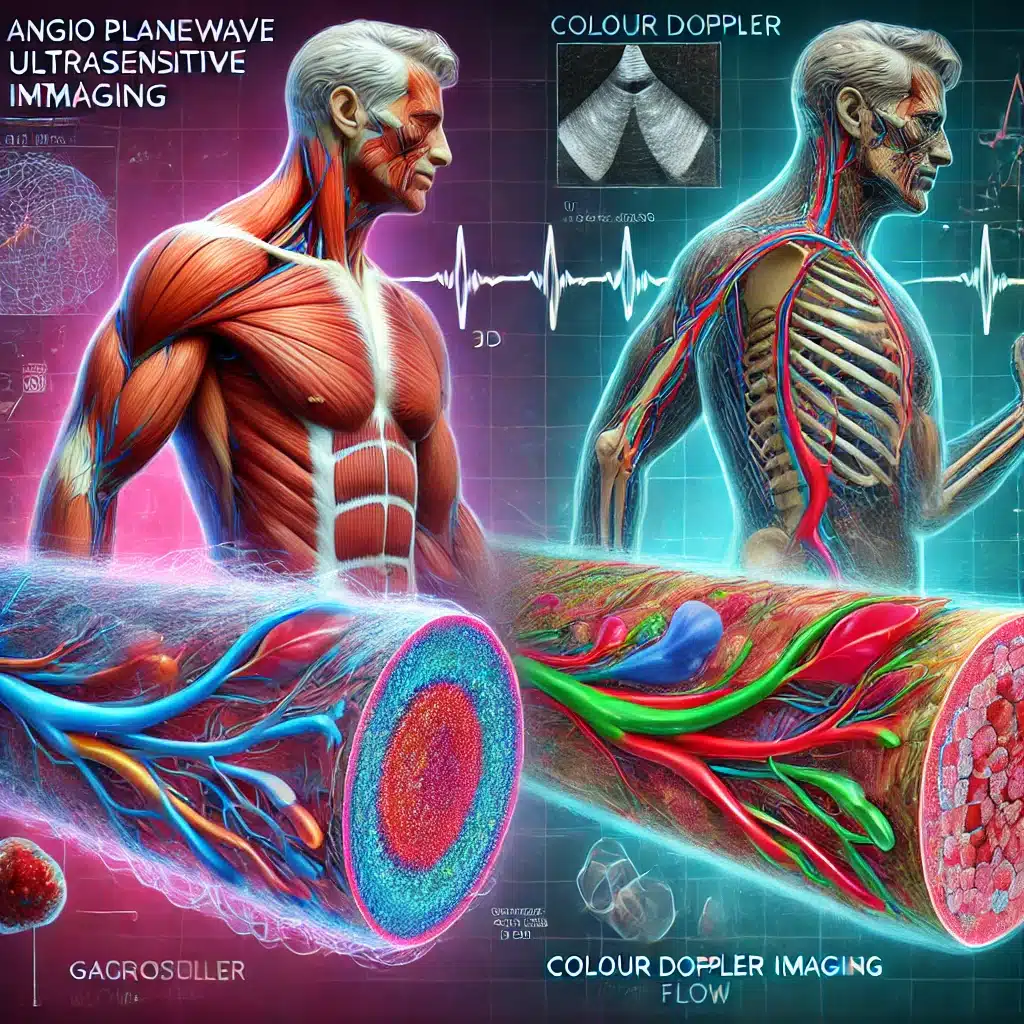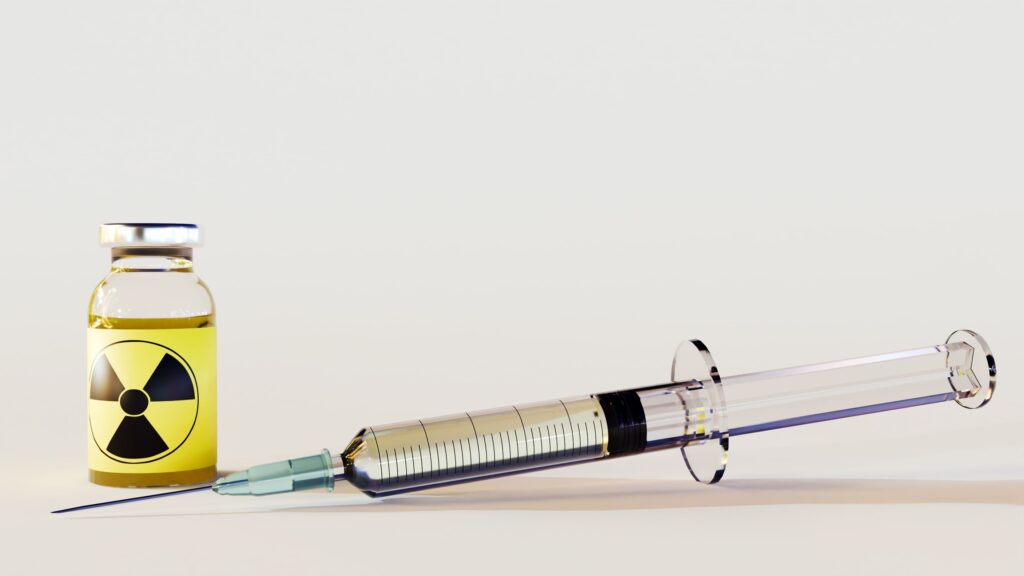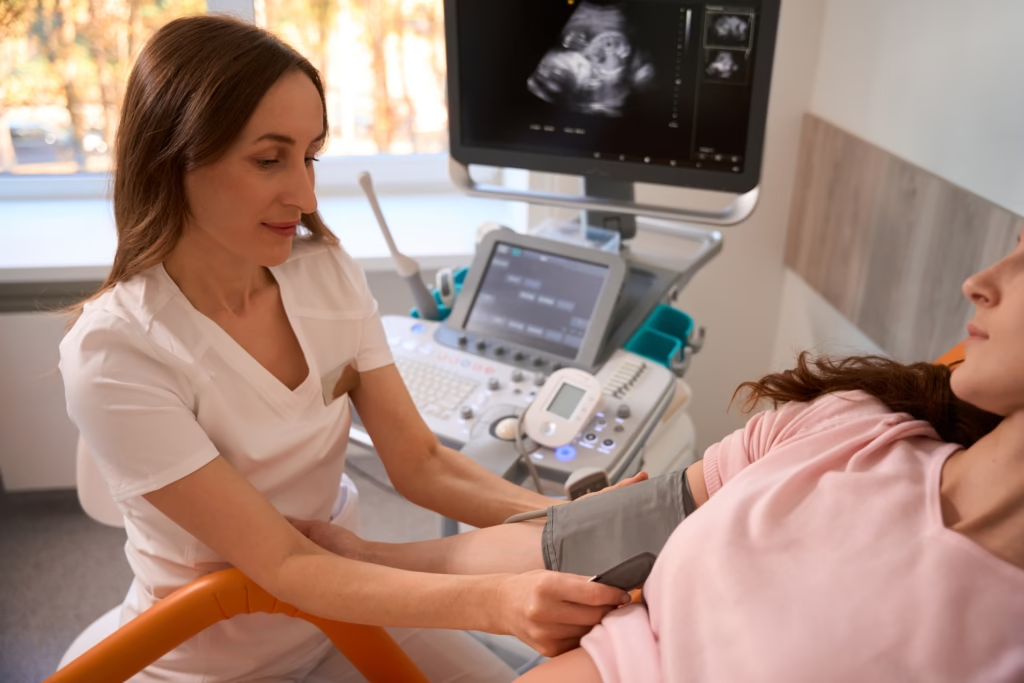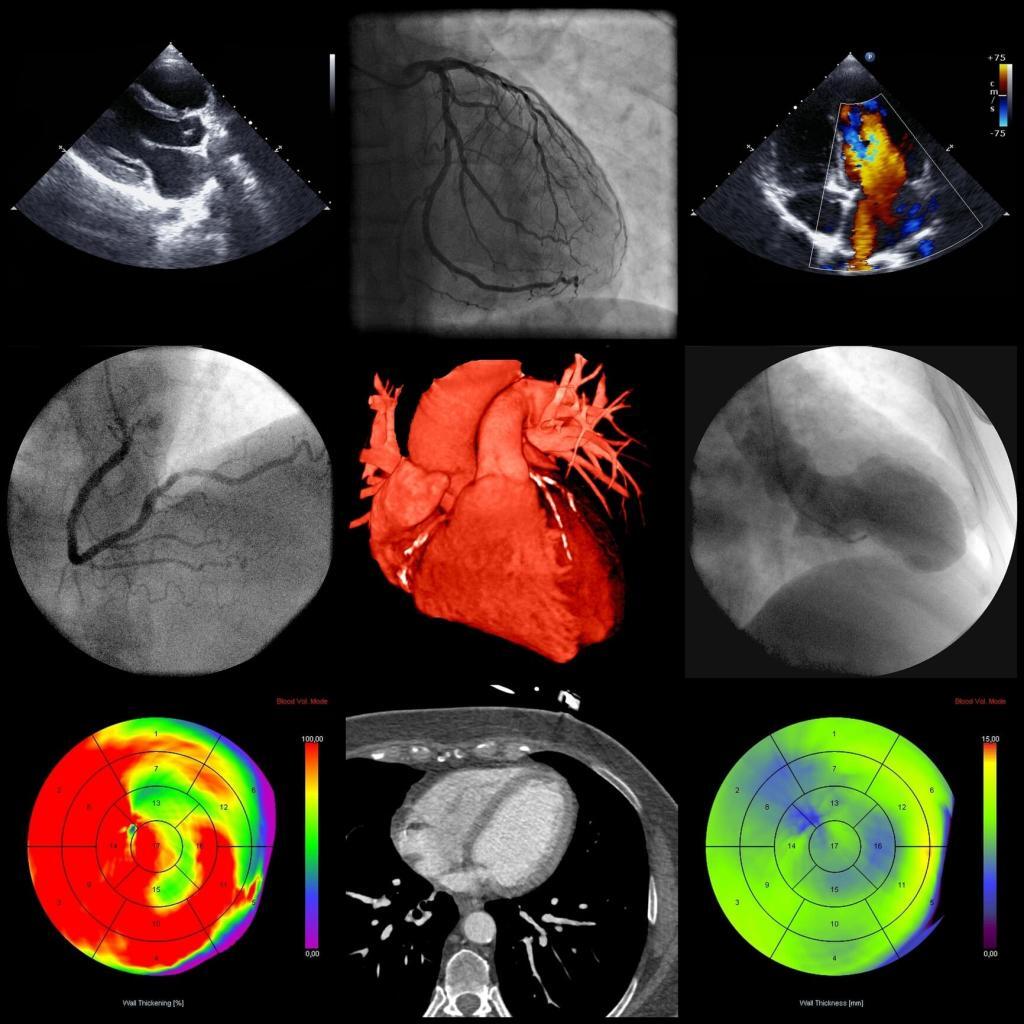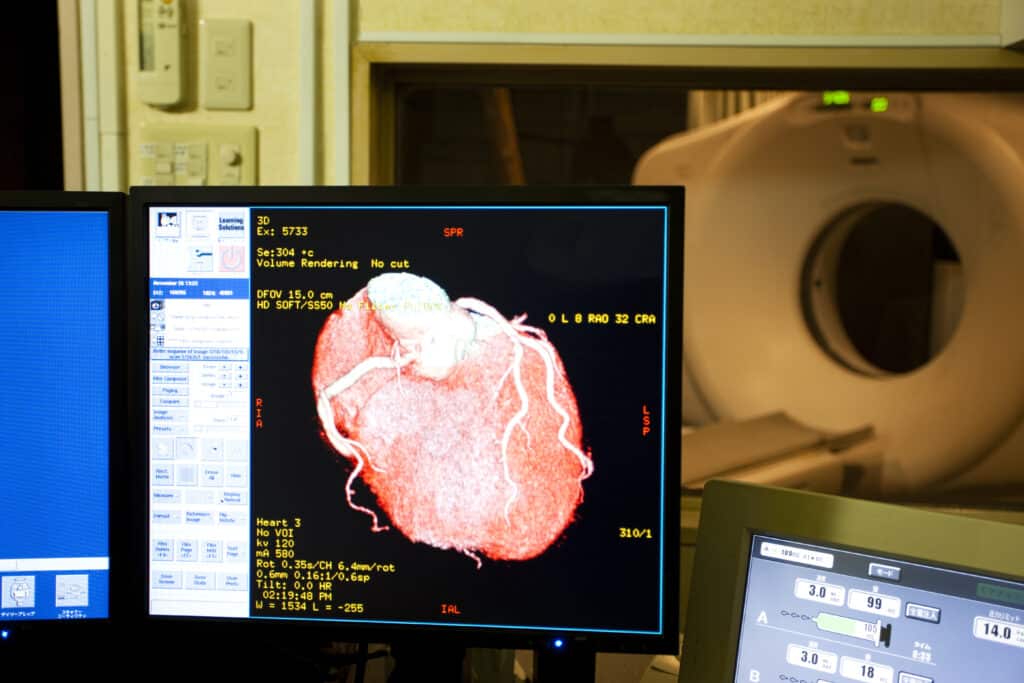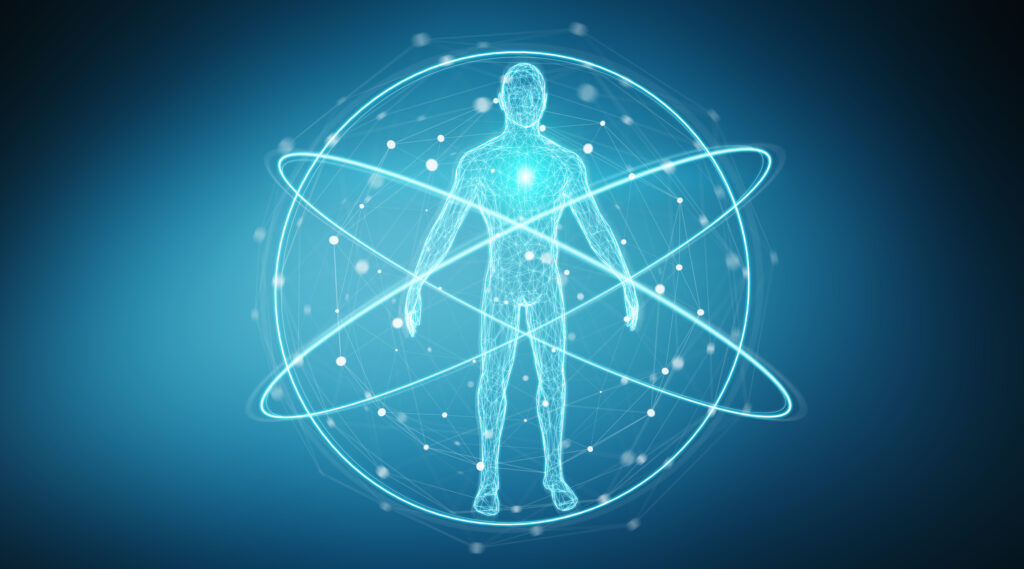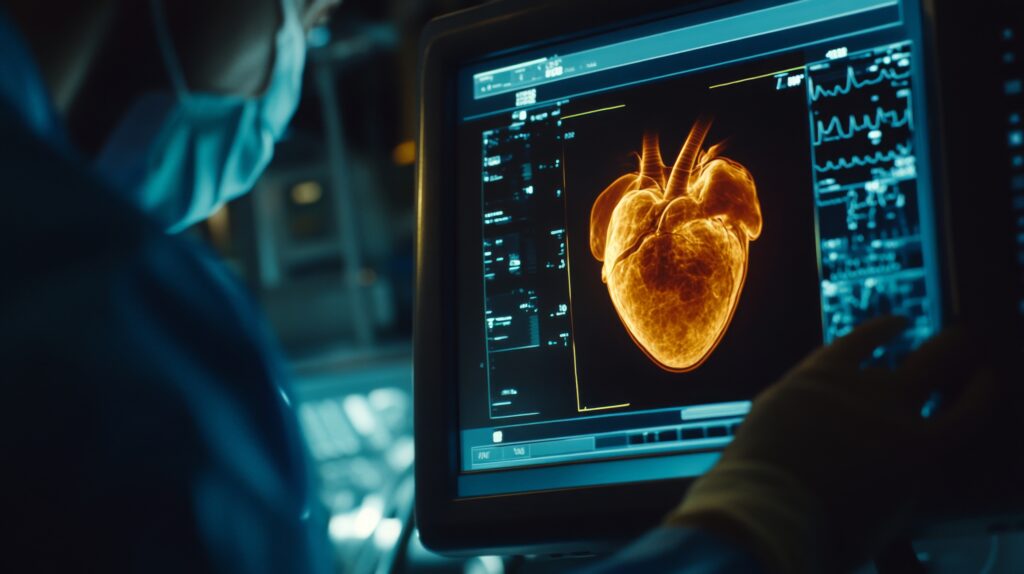Myoview is a radiopharmaceutical used in nuclear medicine imaging to assess the heart’s blood flow and function. It contains a radioactive tracer injected into the patient’s bloodstream and imaged using a gamma camera. Myoview helps doctors diagnose and manage coronary artery disease and other cardiac conditions.
Cardiology imaging can be performed using several modalities, including echocardiography, cardiac MRI, cardiac CT, and nuclear imaging. Echocardiography uses high-frequency sound waves to produce images of the heart, while cardiac MRI uses a magnetic field and radio waves to create images. Cardiac CT and nuclear imaging use X-rays and radioactive tracers, respectively, to generate images of the heart.
Heart imaging can diagnose various heart conditions, including coronary artery disease, heart valve disease, heart failure, and arrhythmias. It also monitors heart disease progression and evaluates treatments’ effectiveness. One of the most significant advantages of heart imaging is its non-invasive nature.
Unlike invasive procedures such as cardiac catheterisation, heart imaging does not require incisions or punctures, making it a safer and more comfortable option for patients. Cardiac imaging also allows healthcare professionals to detect heart diseases before symptoms become severe. As a result, early diagnosis and treatment can help prevent serious complications and improve patient outcomes.
Furthermore, cardiology imaging can help guide treatment decisions. For example, cardiac MRI can provide detailed information about the size and location of a heart tumour, allowing doctors to plan surgery more accurately. In addition, cardiac CT can identify blockages in the coronary arteries, guiding the placement of stents to improve blood flow.
Cardiac imaging techniques have revolutionised cardiology, providing detailed insights into the heart’s structure and function. These advancements have improved the accuracy of diagnoses, enhanced the precision of treatments, and significantly boosted the overall outcomes for patients with heart disease. As technology continues to evolve, heart imaging will undoubtedly play an even more critical role in the early detection and management of cardiovascular conditions.

